David Sellers: A Mad (River) Genius
When David Sellers graduated from Yale Architecture School in 1965 he knew one thing: he didn’t want to follow a traditional path. “I wanted to be able to build everything I designed, not spend hours drafting and handing plans to builders who might then tell me the idea will never work,” says the architect, builder and visionary behind, most recently, The House of the Future.
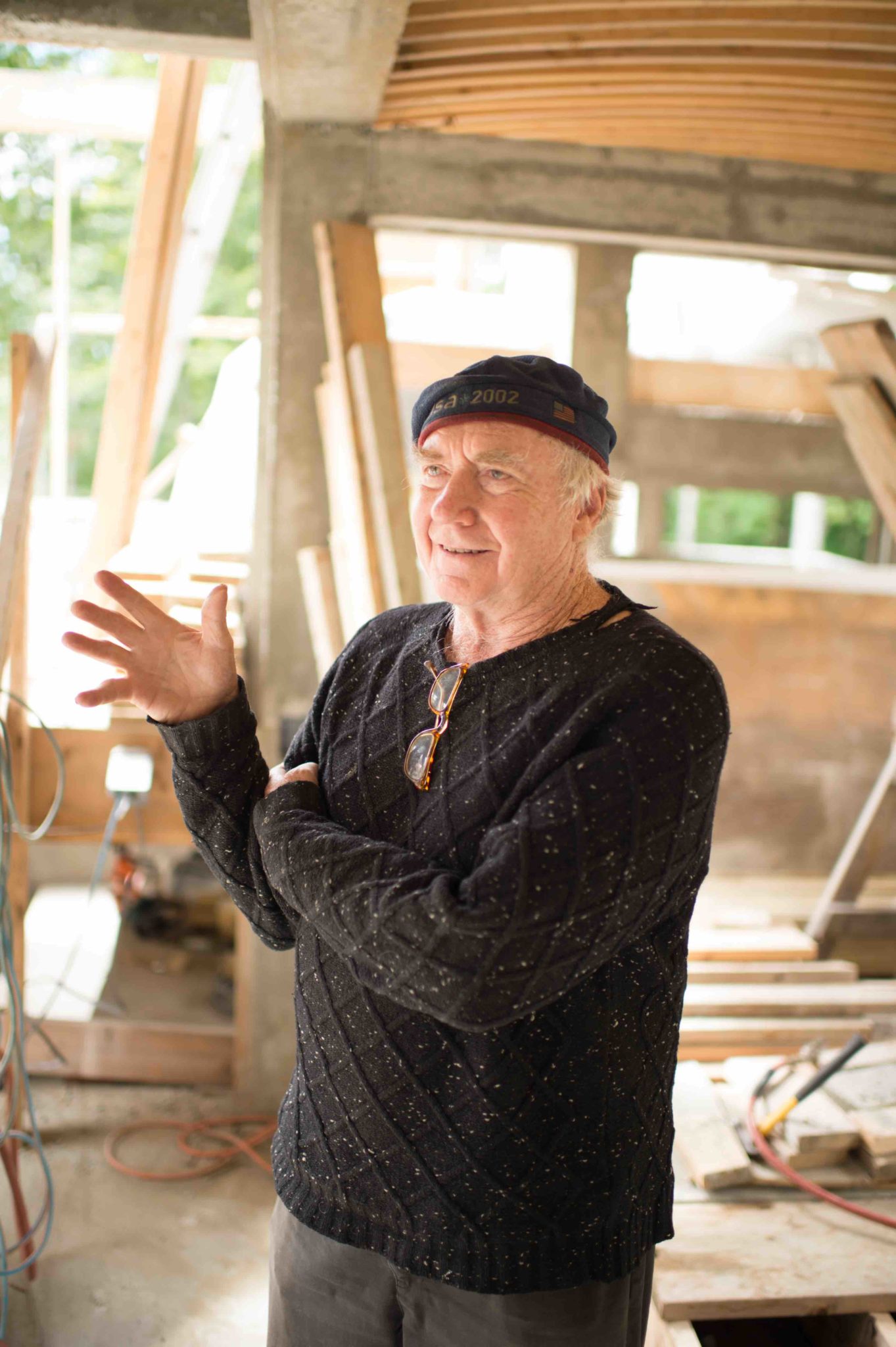
Sellers had a vision. “I wanted to find a place as big as Manhattan where I could practice my craft and actually construct my designs by hand,” he says. After looking all over New England he found the Mad River Valley and 450 acres on an unnamed hillside. It was later named Prickly Mountain, “after architect John Lucas inadvertently sat on a raspberry bush,” he explains with a laugh. In 1965, he put down $1,000 toward the $200,000 property. He later sold two-acre lots for $4,000, largely to friends and fellow designers and builders. “If you didn’t have the money then, you could pay me later. I’ve never believed you should make money off selling land,” he says.
Sellers brought with him Yale Architecture classmate Bill Reinecke and soon other architects like Jim Sanford followed. Sellers had a line of credit at the local grocery store and scavenged materials. “None of us had any money,” Sellers remembers. The Prickly Mountain gang, as they became known, began building homes, designing as they went along, using what they could find, salvage and recycle to inspire the shapes and forms they created. Strange bulbous ripples characterized his first house, the Tack House. Sharp angles rose up in the Sibley House. Soon their homes were being featured in The New York Times, Progressive Architecture and Life Magazine.
“Patch Adams must have read about us because one day he showed up at my place, dressed as a clown—he always dressed as a clown,” says Sellers. “He asked me to build for him.” That started a collaboration between Sellers and the legendary physician/comedian/activist (played by Robin Williams in the eponymous movie).

Sellers helped design and build four existing structures at Adam’s Gesundheit Institute, an ecovillage on 425 acres in West Virginia. Sellers’ sketches for a proposed Gesundheit Hospital, that Adams is still fundraising for, show an anthropomorphic structure where vision clinics are shaped like eyeballs, and an orthopedic wing, from the air, is comprised of four fingers and a thumb. Sellers also designed a residence, loosely fashioned on a Russian dacha and went on to help Dr. Adams build clinics in Peru and elsewhere.
Like Adams, Sellers believes laughter is integral to success. “When you start to laugh, it frees up your creativity and lets you think about a problem in a new way,” he says. “Houses should make you laugh.” And many of his do.
But behind Sellers’ whimsy is a genuine desire to make the world better. Among the businesses he has helped incubate and cofound in the Mad River Valley are sustainable power company North Wind Power (now Northern Power), Vermont Iron Stove Works and 4 Elements, an aquaculture farm. “I’ve worked with earth, wind and fire,” he says with a grin. He also worked with Bernie Sanders, then-mayor of Burlington, on a 200-year plan for the city and helped Sugarbush owner Win Smith design an elegant addition to The Pitcher Inn in Warren, where rooms start at $400 a night.
While Sellers skis Sugarbush, the most fun he claims you can have on snow is on another of his creations: the Mad River Rocket. “Mad River Canoe was here in the Valley so as we looked at how canoes move through the water, we thought why not make a sled that can bomb downhill through deep snow, whereyou can arc and turn it with your knees as you do with a canoe.” Sellers lights up with a smile just thinking about it.

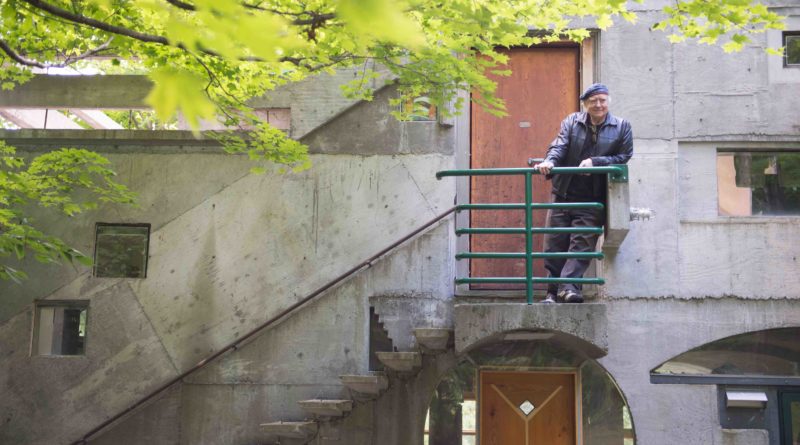
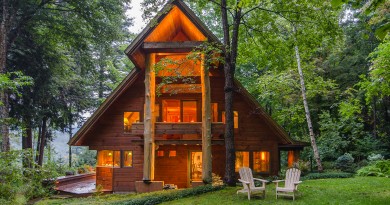
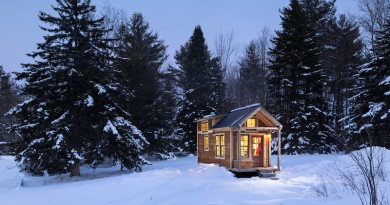
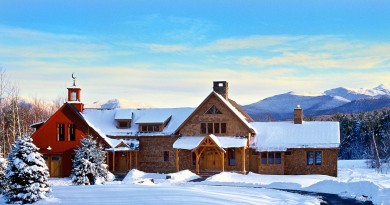
Pingback: The House of the Future – VT SKI + RIDE